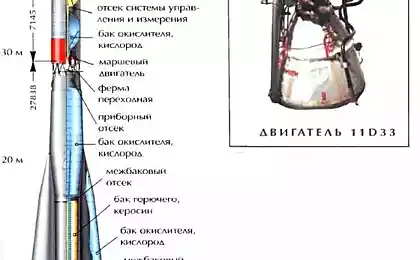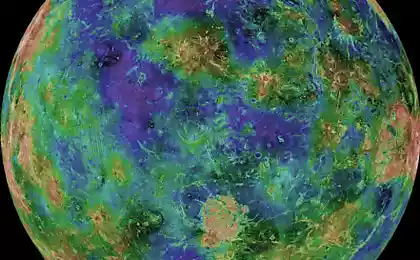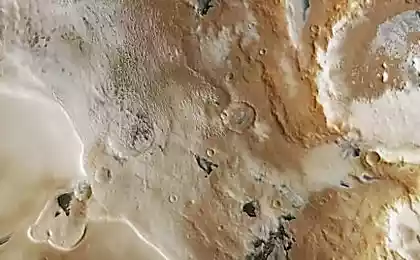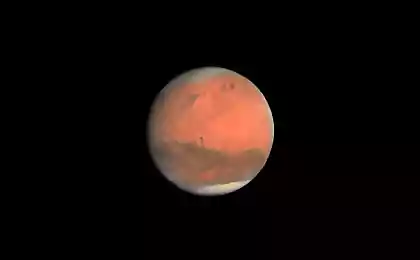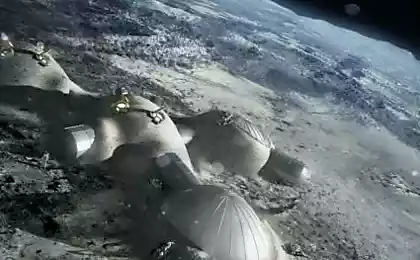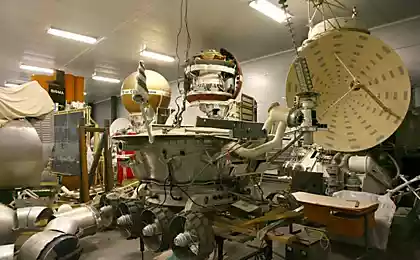1036
NASA proposes to explore the Venusian atmosphere above the surface of Mars

For decades, the concept of space exploration meant to use the Moon and Mars, as a launching pad for further expansion of man. A little later, the moon slowly began to forget, but Mars has become a popular topic of discussion, and the aim of several space programs.
Venus no one ever mentioned in the terms of a possible site for landing rights in the foreseeable future. This is logical, because the surface temperature of Venus is about 500 degrees Celsius, and the pressure - 92 atmospheres. But recently received an interesting offer from Dale Arnie and Chris Jones (Dale Arney and Chris Jones), representatives of one of the divisions of NASA ( NASA's Systems Analysis and Concepts Directorate at Langley Research Center ).
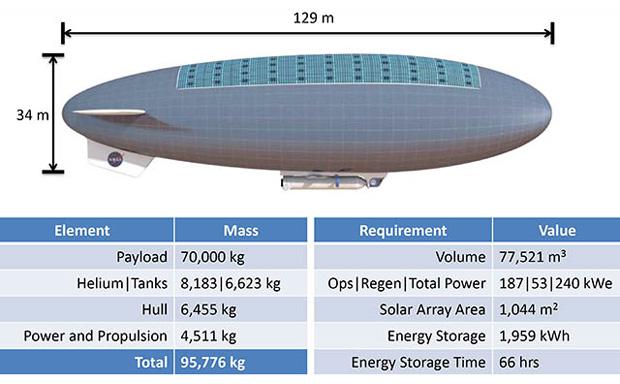
Experts offer & lt; a href = «spectrum.ieee.org/aerospace/space-flight/nasa-study-proposes-airships-cloud-cities-for-venus-exploration'>начать exploration of Venus before Mars exploration. Already proposed the concept of a new mission, called High Altitude Venus Operational Concept (HAVOC). The basic idea - to begin development of the upper atmosphere of Mars (the height of about 50 km), where the pressure is only 1 Earth's atmosphere, and the temperature is not as high as on the surface - "all & quot; 75 degrees Celsius. It is only 17 degrees higher than the maximum value inscribed in the world. For comparison, the average temperature on Mars is -63 degrees. The main advantage of Venus to Mars is an increased level of solar radiation, which can be used to generate energy (solar cells are able to receive 240 times more energy than on Mars). Moreover, at a height of 50 kilometers radioactivity is about the same as in Canada. But Mars is much more difficult.
According to the authors ideas, the conditions in the upper atmosphere of Venus over the earth, so to speak, than the conditions prevailing on Mars.
Moreover, the Venus is closer to Earth than Mars. The expedition to Venus would take about 440 days, 110 days is a one-way, 30 days on Venus and 300 days to return (if something happens, you can immediately return to Earth). But the expedition to Mars requires a minimum of 500 days in space. More real time - 650-900 days, with the need to remain there until the optimal orbital position where it will be possible to return to Earth.
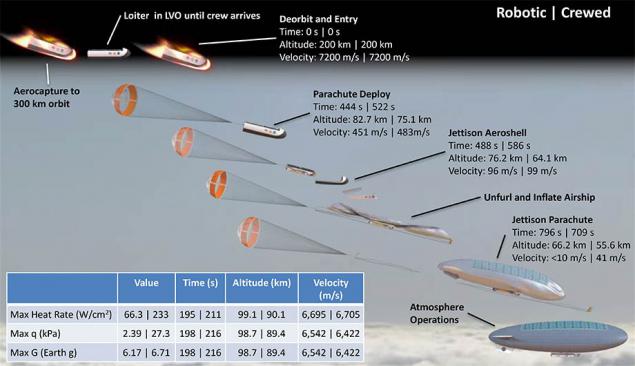
HAVOC mission involves several stages of development, including a visit to Venus robots to explore the current situation (the Soviet stations were on Venus, but for a manned expedition needs more data). Then it becomes possible to implement the next phase of the mission, with a stay in the orbit of Venus for 30 days, as well as one step, with the journey into the upper atmosphere of Venus (and the 30-day stay).
Naturally, planes and other vehicles heavier than Venus "air" is not suitable for long-term stays in the atmosphere. Instead, plan to use airships / balloons. Initially planned to create a robotic version of a length of 31 meters, and then the 130-meter long ship in the 130 meters, which can be a team of astronauts. The top of the balloon will be covered photocells with a total area of 1,000 square meters.
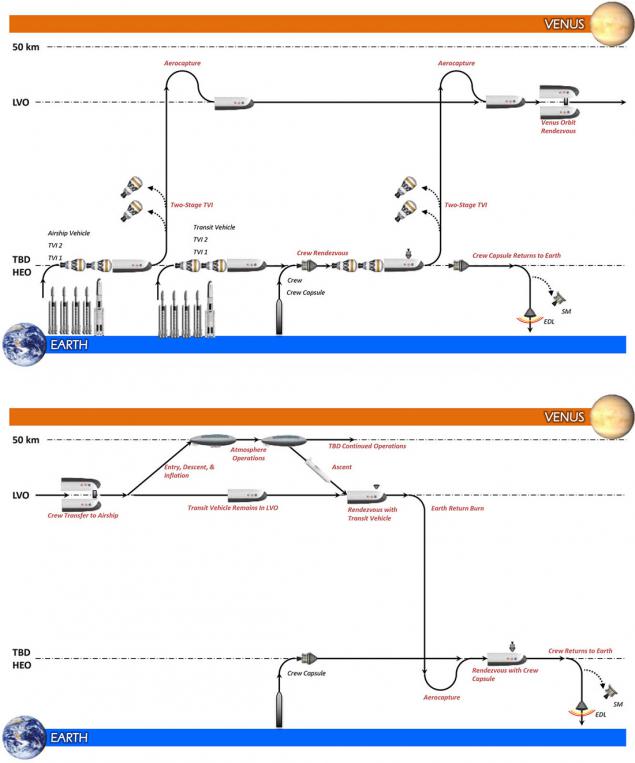
Deliver such aircraft to Venus - a trivial task, and the landing of people - even complicates the mission, as no solid surface will not be all the stages of the landing is planned in the atmosphere. In the Venusian atmosphere ship (hidden inside a special capsule) will go at a speed of 7200 meters per second. Within 7 minutes, the speed drops to 450 meters per second, parachutes. After this, the capsule will be revealed, and the ship will go to "free floating", at a speed of 100 meters per second. In this case, the ship will be at the same time filled with gas, increasing in size. After reaching the desired phase parachutes shooting, and the ship will "float" on the Venusian atmosphere at an altitude of 50 kilometers above the surface.
Source: geektimes.ru/post/243103/
After closing down Google News website traffic Spanish media
Indian scientists have restored the sensitivity of the retina to light the dog with the help of virus

